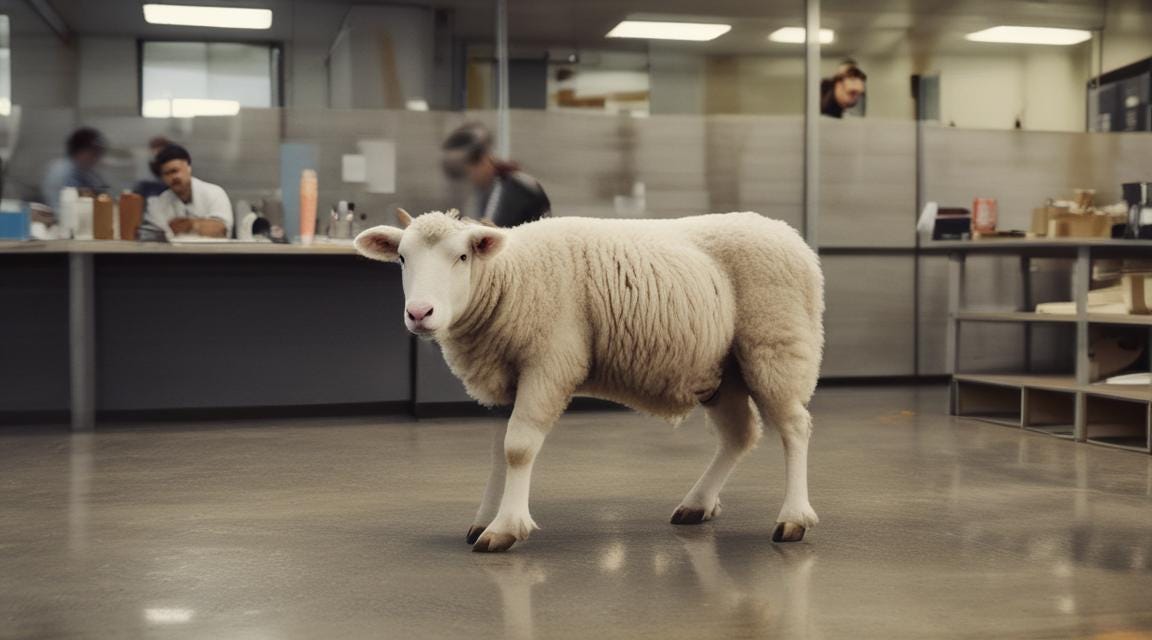When workplaces protect bullies
When moral courage meets systemic power
This is an update of an earlier piece that challenges the notion that bystanders who witness aggressive to bullying behaviours in a workplace context and targets of bullying should stand up to the bully. This piece is not applicable to life threatening situations inside or outside a workplace.
A common workplace scenario:
A manager is lecturing a colleague during a meeting regarding a failed project. They are laying out accusations and strategies that should have been executed instead. Others involved in the project are not given any feedback. This is not the first time the manager has singled out the employee in front of others. And just like every other time, no one intervenes during the awkward situation.
After work, a bystander scrolls through their twitter feed and comes across some posts about speaking up against harm and being an upstander by standing up to bullies. There are other posts about privilege and oppression and those in positions of power should use their privilege to advocate for those who are marginalized and victimized in their workplace. The bystander starts wondering if they should have said something during the meeting, or even after, to their targeted colleague. And if so, what could they have said that didn’t embarrass the victim or the senior manager? How could they have intervened in a way that didn’t make them a new target? Feelings of shame, confusion and outrage surface, followed by powerlessness and resignation. They decide that their job is really important for their career aspirations and that they wouldn’t do anything that might jeopardise their position.
These messages about being an upstander make sense. They speak to a moral principle about harm prevention and protecting the vulnerable. These messages suggest that there is a right thing to do and that’s always to stand up to the perpetrator and protect the victim and in doing so, you alleviate the moral distress that arises from witnessing wrongdoing.
Yet in a workplace hierarchy consisting of people in positions of relative power, this isn’t so black and white.
Some myths you might have about your workplace:
Workplaces are safe and have policies that everyone follows effectively to keep each other safe.
If you experience assault, harassment or bullying, workplace policies are on your side and the perpetrator, regardless of their workplace title, will be swiftly held to account for their harmful actions with appropriate consequences.
Senior leaders in your institution have the emotional maturity to manage conflict, resist ego stroking behaviours by perpetrators, and investigate complaints with curiosity and objectivity.
You can trust your manager or leader to have your or your colleague’s back.
You can trust your institution.
What policies don’t account for in the workplace hierarchy are status, power differentials, power hoarding, or social climbing. Or the grooming strategies that some employees use to form alliances with people in positions of relative or greater power to protect them against their unethical actions. Or the bias that already exists to support those who embody the ideal traits of the workplace culture over those who do not. Policies and rules are applied differently to high status vs. low status employees.
If people near the bottom of a team or workplace hierarchy are more vulnerable to the decisions and actions of those at the higher end of the hierarchy, then whose responsibility is it to keep each other safe, especially if the bully is someone higher on the ladder?
Many people would say it’s everyone’s responsibility to stamp out bullying. I used to think that too until I kept witnessing how this aspirational workplace motto is impossible in workplace contexts that promote people for their charisma, confidence, and grandiose narcissistic traits over competence, collegiality, and ethics. It’s just not possible when status matters most and psychological safety isn’t demonstrated and embodied in a team.


